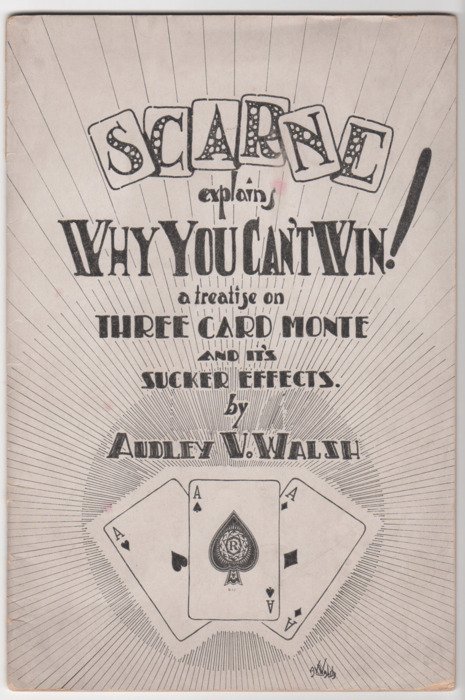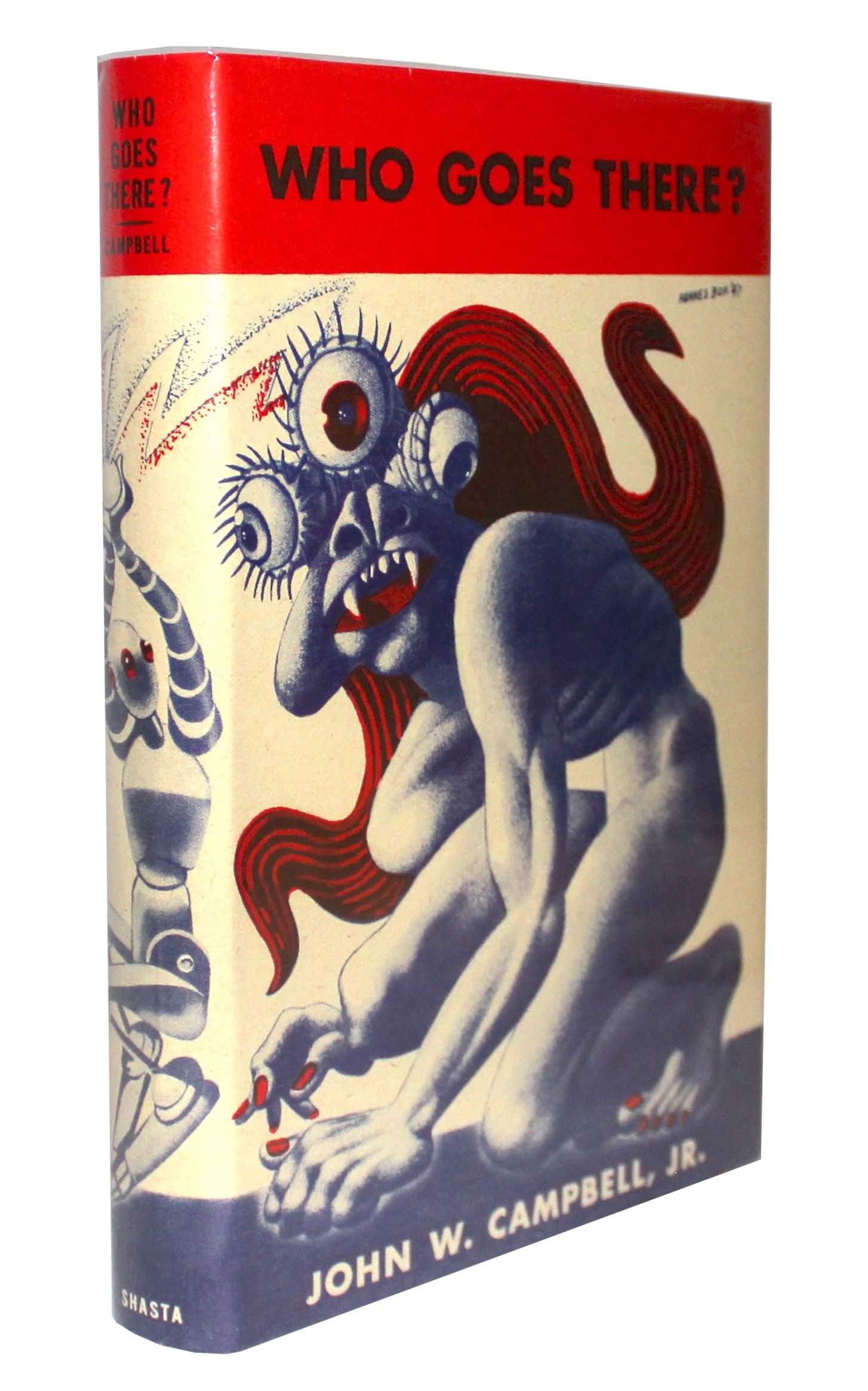
Poe in Cinema/Poe as Cinema
Georges Rivière is haughty. Like he smelled something bad. The script?
Here, in 1964’s Castle of Blood, playing a penurious dandy silly enough to spend the night in a haunted castle on a bet, Rivière seems to think aloofness will be all the protection he needs. It won’t be! Indeed, only one thing can save the film’s leading man from the visual shibboleths of a dying genre, and that’s the cameraman.
Camera artisan Riccardo Pallottini, playing savior and tormentor, coaxes Rivière onward while punishing his progress. Nobody would be more surprised than the late Signore Pallottini himself hearing his cinematography praised as “experimental”. And yet, this is Gothic Horror’s greatest master shot — a case of push and pull, whose tension and elasticity continue to create rebounding space 116 years after its creator’s birth: so praise it I shall.
With ace cameramen, point-of-view becomes a more problematic concept, as when George O'Brien wanders glazed through F.W. Murnau’s swamp in Sunrise. There, the camera sometimes recedes from the hero’s advance, sometimes lets him pass and follows him, then seeming to pass into his head and travel with him, looking out of his eyes — until we're surprised by his re-entry into frame. Whose eyes have we been looking through? While Castle of Blood’s cliches would seem to be the thumpingly obvious point — a door’s creaking swing illuminates a wall bristling with harnesses and cartwheels… zoom in as a black kitten abandons its lair in a piece of spangly lacework… an organ wheezes as the hero’s sputtering candle casts the impossible shadow of itself on the crumbling masonry — those same hackneyed moments synthesize utterly unexpectedly into cinema pur.
It’s as if invisible tendrils were connecting Rivière’s body to Pallottini’s will.

L’affaire Sonia Rozensweig
The year 1933 in France was rank with seamy scandals: les affaires Violette Nozière, Oscar Dufrenne, and Sonia Rozensweig. Each provided rich material for the early 20th century’s forerunner of clickbait, the newspaper fait divers. Each expressed, with caricatural bluntness, a current anxiety. The little jazz parricide Violette revealed the weakening bonds of family. The brutal slaying of Oscar Dufrenne in his own theater’s office by a young man dressed as a sailor took a wavering course through the judicial system, condemnation shifting from the accused, finally acquitted, to the sexual mores of his victim. The final and most turbid of these affairs, one whose small, sad reality was overshadowed by billows of contradictory newsprint, was that of Sonia Rozensweig, a 13-year-old suicide.
The facts appear to have been these:

‘Text Me You Haven’t Died’ - My Sister was the 166th Doctor to Be Murdered in Gaza
"Your lives will continue. With new events and new faces. They are the faces of your children, who will fill your homes with noise and laughter."
These were the last words written by my sister in a text message to one of her daughters.
Dr. Soma Baroud was murdered on October 9 when Israeli warplanes bombed a taxi that carried her and other tired Gazans somewhere near the Bani Suhaila roundabout near Khan Yunis, in the southern Gaza Strip.
I am still unable to understand whether she was on her way to the hospital, where she worked, or leaving the hospital to go home. Does it even matter?
The news of her murder - or, more accurately assassination, as Israel has deliberately targeted and killed 986 medical workers, including 165 doctors - arrived through a screenshot copied from a Facebook page.

Barbara Steele and the Universe
Confession: I am a fanboy collector of Raymond Durgnat’s self-published, comic-book size Motion magazine. In particular Motion #4, Companion to Violence and Sadism in the Cinema. On its cheaply printed cover, an apparition appears. Or should that be reappears? The British Board of Film Censors had decided to ban an ingenue of unsettling beauty, or rather, to ban the Italian Gothic launching her star career, Black Sunday (1960).
I won’t even attempt neutrality, a critical appreciation of the sacred image turning Raymond Durgnat’s paper bauble into my own personal Rosetta Stone. Barbara Steele meets our gaze with eyes as glassy as the camera lens, face dotted with perforations black as her pupils, so it’s like being stared at by a dozen eyes at once, windows not of any soul, but of an obsidian emptiness. Durgnat was hardly immune to those unnamable subtleties called presence.
But unlike lesser critics, he left his subject alive and well after he was done dissecting the concrete workings of its magic. That he fetishizes Steele with such spontaneity in 1963, the last year before Giallo would turn Italian cinema into a decades-long death mill, now seems prescient. Again, only a fanboy would gush over a triviality like that — a mere quirk of historical timing. And yet, I take comfort from Durgnat’s own openness; susceptibility to what I’ll call a consequential wistfulness, best expressed when he writes: “There is no real horror without beauty, as Keats would have said if he could have beheld Black Sunday.”
One day I decided to cold-call Barbara Steele, who has since become my pal of two decades as well as my favorite telephone fabulist.
Me: "You're a closet exhibitionist.”
Barbara: "And YOU'RE the closet!” A BIG closet, with intricate Elizabethan locks made of brass. The inside is lined with baize so that nothing can be heard, a place where Mozart rehearsals are held.” Then, in a typically brutal segue, she told me about a gynecologist who displayed various objects he’d extracted from miscellaneous vaginas — these included small dolls, rocks and glass jars. Now, maybe her baroque imagery was a nod to her salacious (yours truly) audience; or maybe her own prodigious noggin acts as a repository, an immense cabinet of curiosities that resides within, awaiting some mysterious incantation to unlock its secrets. After all these years, I still can’t know. My self-assigned job is simple: to record as much as I can, from her lofty greetings — “I’m calling as a courtesy” — to her unexplained, and hopefully figurative, goodbyes — “That’s when I started shoving apple cores up their asses” (hangs up).
*
I was filming in Austria on Halloween night in the ancient mining town of Eisenstadt, the film TIEF OBEN. We had great steaming wooden vats of hot red wine for everybody to keep them going. It was arctic weather, snowing fiercely when the director suddenly asked all the extras to be naked other than their boots and the little mining lamps on their heads. Naturally they refused. At which point the director tore off his own clothes in a rage as a challenge…and was the lone white freezing body in the dark night.
In the middle of this frenzied rebellion, I decided to walk home alone. The local villagers had made little paper boats that they sent down the river set alight, a ritual of remembrance for their dead relatives…
Suddenly a dozen motorbikes came roaring by with everyone on them dressed as skeletons. They got off their bikes and started to dance around me in a circle holding hands – then they mounted their motorized steeds and took off into the night making unearthly shrieks and whistles….
I continued walking on in this medieval village surrounded by ghosts….

Broadly Grinning Fascism
Joe Biden, his dementia notwithstanding, remains a far more effective social engineer than right-wing demagogues.
Donald Trump, on the other hand, is a klutzy loudmouth with none of the political provenance that embraces Biden as its warmongering son. When the exemplar of that provenance, Barack Obama, left office after eight years of extraordinary militarism, he had saddled Americans with seven wars: two of them ongoing as Obama entered the White House, the five new ones indisputably belonging to our Nobel Peace Prize Winner. And here it must be remembered that Trump, by contrast, added zero wars to U.S. Imperium’s hit list — indeed, waking up in a weird mood one day, he subtracted Afghanistan from Obama’s roster of doom.
The Obama years were a Neocon’s dream; not since WWII had the United States engaged in so much openly declared warfare.

Radio Free Chiseler

Two New Films
Viewed by Henri Duvernois
Le Bataillon des sans-amour [Battalion of the Unloved]
(The Mayor of Hell)
I was greatly moved by this film. The dreadful existence of some delinquent children, I believe, can never be shown enough. And it is not blindly optimistic to declare most of them capable of reform. During my research for a novel, I discussed this subject with the man most qualified to do so, the head of instruction at the Petite Roquette [a Paris prison for boys 7-20]. He told me flat out:
“Eight out of ten, at least, if they are treated kindly, intelligently, gently, are capable of becoming splendid fellows. And I myself would not hesitate to have them associate with my own children. If you write a book on this subject, your surest inspiration will be pity.”

Tossing the Broad
INTRODUCTION
Three card monte and its sucker effects – a marvelous topic for thorough discussion. I don’t know how far back in history this game goes, or who invented it, but I do know that it is one of the best means of exhibiting your proficiency in the art of dexterity. No doubt it is closely related to the three shell game, which developed from cups and balls, and they go way back in history. I read in some history book that Nero did some clever moves with cups and balls, when he was not playing his fiddle. Which gives you a slight idea of how old the game is.
Now before we go any further into this discussion, let’s get acquainted with the types of people we will meet during said discussion. First, there is the Grifter – better known as the three-card man or monte worker. Three-card man we call him, but to the mob he is known as a broad tosser. He is the gentleman whom you see standing behind a small table or packing case, in fact behind anything that he can use, provided he can attract a crowd with his cry of “Step this way, gentlemen.”
During the recent N.R.A. celebration and parade here in New York, the “grifters” were very much in evidence. Mingling with the crowd, they managed to attract the attention of on-lookers with their come-on tactics, and many of the lambs were shorn of their wool so smoothly that they were hardly aware of it. Many are the ways that games start. A familiar method is to ask a spectator to hold out the newspaper he is reading. Cards are spread on it and with the effort of the “shills,” a crowd collects, interest runs high when the apparent simplicity of the card moves going on in front of them impresses them, the spectators put their money up and get cleaned, as it were.
Almost anything will serve as a table top for the “grifter.” Sometimes, the back of one of the boosters will serve, while his arm-pits serve as convenient nooks or wells for certain necessary card changes. Win? Try to do it, brother. You haven’t a chance.
The “grifter” is ably assisted by a group of followers known as “cappers,” “boosters,” “shills” – the latter name being the correct one. These gentlemen travel around with him at all times. The clever “grifter” has clever “shills.” This group you will find in any place where there is an opportunity to make money – at race tracks, on trains, carnivals, ocean steamers, even amongst society and better known clubs. “Shills” working at these places dress accordingly. One of these shills is usually known as a “ham-donny” – a third-rate pugilist who goes along as strong arm man for the mob. He is the gentleman who tells you to “scram or screw” if you should put up a holler after you have been gypped or cheated. No doubt you have read or been told that the “grifter” will let the spectator win to encourage betting. This is wrong. It has never been known that the “broad tosser” gave the sucker an even break. The winning spectator is always a “shill.” Nobody has ever beat a “grifter” at his own game. It is impossible. (Incidentally there is one exception that is hardly an exception to the rule – up to a short time ago, a mob was working on ferry boats around New York. They let suckers win, but winnings paid by the mob was counterfeit money, or “queer” money as it is called by them. It was a clever way to get rid of the “queer.”)
The reason why you can’t win – the “shill” himself never knows where the winning ace is until the signal is given to him by the “grifter.” After that if you are lucky enough to place your hand on winning ace the “shill” will place his hand on any other card. The “grifter” grabs the “shill’s” money, thereby killing your chances of winning, because only one person can play at a time. The “grifter” will say, “Money in hand or no play.” If you give him your money first, then place your hand on the right card, he will say, “Double the bet?”
The “shill" will then say, "I double the bet.” You get your money back and the “shill” wins, thereby keeping the money in the mob. The “grifter” will say, “Double the bet,” if you have your hand on the wrong card. If you do it is O.K., if you don’t, it’s O.K. – you lose anyway.
DEFINITION OF GAMBLING TERMS
ACE – A dollar. A good humored individual, a sport.
BERRIES – Money – one of the terms a gambler uses when speaking of the wherewithal to play.
BLANKET – Used sometimes in place of a table. Also means overcoat.
BLOWOFF–Climax.
BREEZE– Scram or screw, in other words, make an exit.
BUCK– Another term for dollar.
BULL– A policeman.
BUM STEER– Bad information.
CASE NOTE– Another way of saying the last dollar.

Roger Miller
Roger Miller's obituary in the New York Times of October 27, 1992 ran under the headline "Roger Miller, Quirky Country Singer and Songwriter, Is Dead at 56."
As condescending and limiting as that is, it does reflect how a lot of people thought of Miller -- the clown prince of country, the "down-home jester of pop" behind novelty hits like "Dang Me," "Do-Wacka-Do," "Chug-A-Lug," and "You Can't Roller Skate in a Buffalo Herd."

First Thing
Reading John W. Campbell's Who Goes There? (1938) the source novella for both Howard Hawks' The Thing from Another World (1951) and John Carpenter's The Thing (1982) is instructive, enjoyable and inspiring.
Campbell was a major science fiction editor, if rather prescriptive, who undoubtedly elevated the genre. His writing is often quite fine, though he's over-fond of the adverb: "Abruptly it rumbled disapproval throatily." And the story feels like a serial which has been carelessly patched together, with weird breaks in scenes and text that seems keen to recap what we just read. Other than that it's terrific, suspenseful, atmospheric.
The first movie, produced by Hawks, but mostly directed by his editor Christian Nyby, and scripted by Charles Lederer with uncredited input from Hawks and Ben Hecht, jettison everything but the basic concept of an Antarctic base menaced by an alien monster thawed from the ice. The whole shape-shifting concept was apparently judged too challenging from a visual effects standpoint, but maybe Hawks wouldn't have enjoyed the idea of Campbell's "who-is-it?" paranoia and suspicion: what we get is his usual group unity, with the untrustworthy egghead who admires the alien horror as the only one who's not part of a smoothly functioning team.
The script tries to maintain the alienness of the monster by stating that it's of vegetable origin ("An intellectual carrot? The mind boggles!") and subsists on blood, cheap world-building/creature-building that can be established via dialogue. And it can grow a new arm. But when we finally see it, it's basically James Arness in a bald cap and jumpsuit.
Nevertheless, Hawks' version is suspenseful and shocking and goes at a fair clip, and the characters, paper-thin, generic and devoid of star names or charisma, are somehow likable.
It's almost shocking how faithful to the story Carpenter's version, scripted by Bill The Bad News Bears Lancaster, is. As in the story, a character goes mad, but maybe not. We never know which of the men has been substituted by the titular Thing. A very unusual blood test is devised to identify the infiltrators. The creature is halted in the act of building for itself a mini-saucer to escape to a greater population center, from which to establish world domination. Beat after beat is carefully reproduced.

I Caught the War in My Head
A lawyer representing French journalist Jean-Pierre Thibaudat contacted François Gibault And Véronique Chovin in June of 2020 to pass along some news. It was news no one was expecting, least of all Gibault and Chovin. I’ll get back to this eventually.

‘Wishful Thinking’ — Does Israel Have All the Cards in Gaza?
Israeli Prime Minister Benjamin Netanyahu is often criticized for failing to produce a vision for the ‘next day’, meaning the day following the end of the Gaza war.
Some of these criticisms emanate from Israel’s traditional western allies, who are wary of Netanyahu’s personal and political agendas, which are fixated on delaying his corruption trials and ensuring that his extremist allies remain committed to the current government coalition.
The criticism however is loudest in Israel itself.

